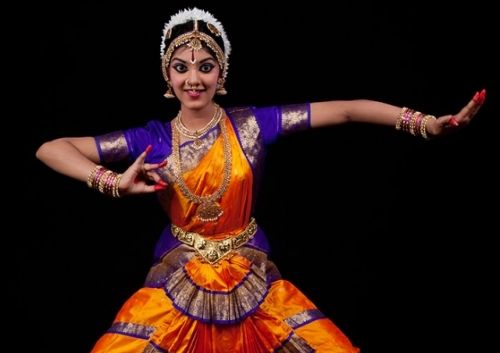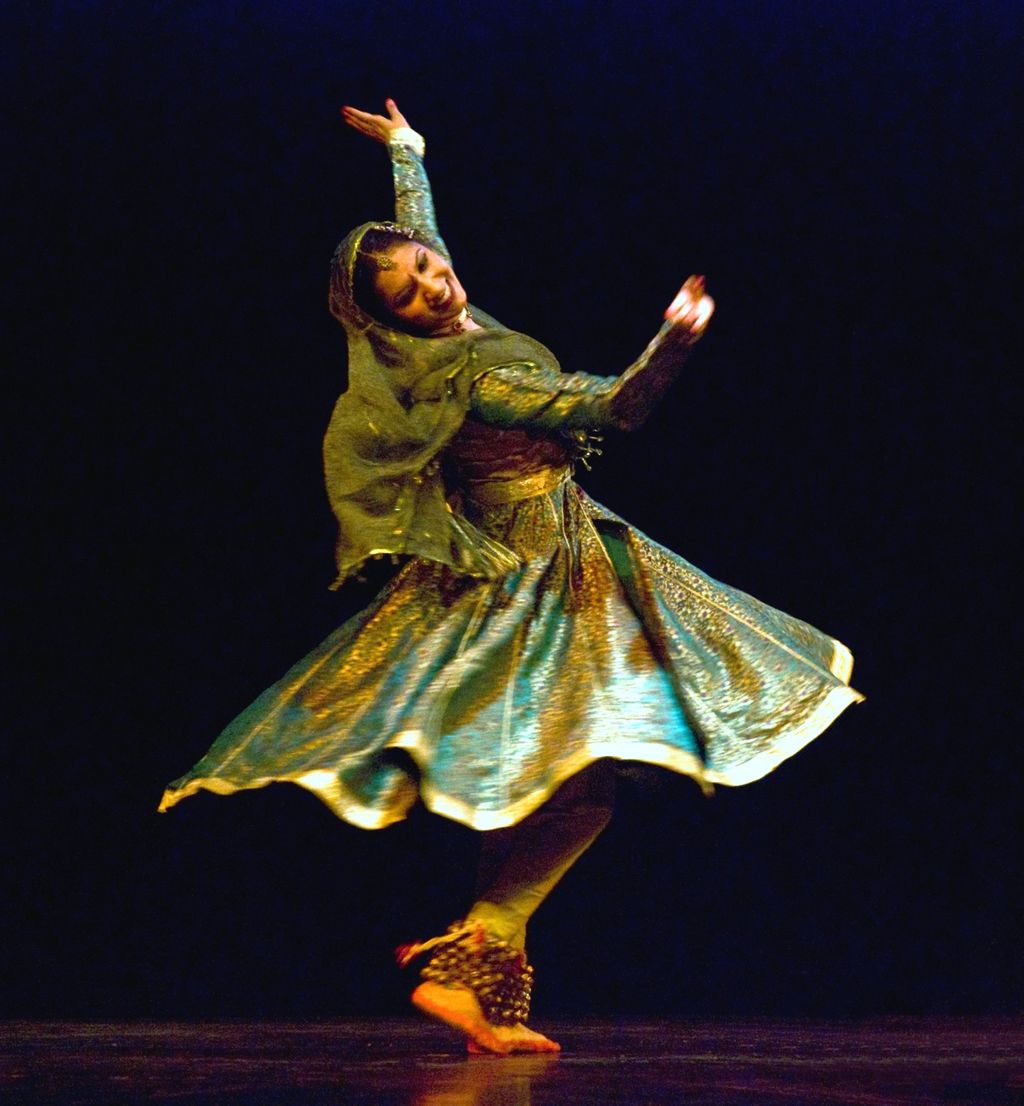Indian Classical Dances And Its Origins
Jun 17, 2019 • 23 views
India is a diverse country; we not only have more than one language but also a different genre of music and dance. Indian classical music has eight pillars consisting of Kathak, Bharatanatyam, Kuchipudi, Manipuri, Mohiniyattam, Sattriya, Kathakali, and Odissi. Out of these eight, I am going to present only three dance’s origins and how they developed throughout the years.
Bharatanatyam
Bharatanatyam was originated in Tamil Nadu. Its foundation can be traced back to the 2nd century CE. Bharatanatyam can be the oldest form of Indian classical music. It conveys south Indian’s spiritual and religious themes like Shaivism, Vaishnavism, and Shaktism. Woman, mostly solo, exclusively performs it but nowadays it is majorly performed in-group. It sophisticatedly uses sign language and facial expressions along with perfect synchronization of legs and hand moments. In ancient India Devadasis in temples mostly performed it. It is a spiritual form of dancing. The dance used to be taught by dance gurus called Nattuvanars. Even when the woman performs the dance Bharatanatyam, her guru would be there to guide her along with musicians. Bharatanatyam was banned in 1910 during British rule. Indians protested against this ban and this dance forms spread even outside the Indian temples.

Kathakali
Kathakali was originated in Kerala. It is one of the major forms of Indian classical music. The key point of this form of dance is that it conveys a story. It is an actor-dancer based on art form. In ancient India, males mostly performed it though in modern times the woman is also included. There is a legend that states, Krishnattom was invited by a raja in order to perform at a temple. His performance was only restricted to high caste and royal people. When another raja called him to perform, he refused to say this his art is not for a common person to see. The art he performed at that raja’s temple was Kathakali and this legend traces the origins of Kathakali dance. However, he created Ramanattom in order to perform at the other raja’s temple and eventually both Kathakali and Ramanattom both types of dances developed in Kerala.

Kathak
Travelers usually performed Kathak, they used to perform Kathak in order to convey stories. It was found in three distinct forms called “gharanas”, it was found in three cities, Lucknow, Banaras, and Jaipur. Jaipur Gharana focuses on foot movements while Banaras and Lucknow gharana’s focuses on facial expression and hand movements. Kathak is derived from a Sanskrit term called Katha, which means storytelling, and Kathakar means storytellers. The kathakars used to travel from one place to another and perform Kathak in order to communicate stories of Hindu mythology and stories of Krishna. This manner of communicating stories is very similar to early Greek theatre.

